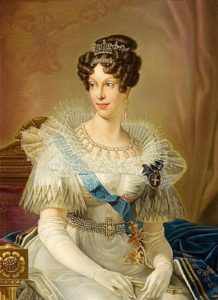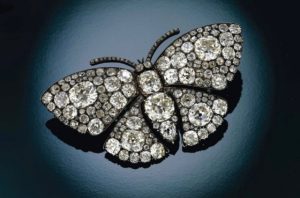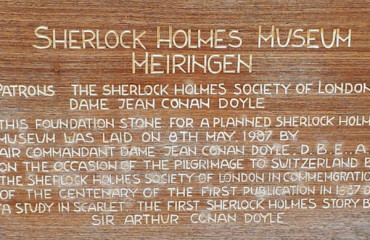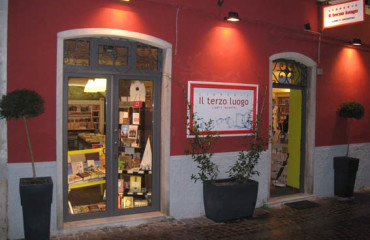
by Andrea Di Betta
Browsing through the pages of the Bible, you can find a clear difference between the jewels in male and female world. The Song of Solomon evokes “Your cheeks are lovely with ornaments, your neck with strings of beads. We will make for you ornaments of gold with beads of silver”. The lines of the precious metals follow and enhance women‘s complexion and shapes. In Genesis instead is written, “Pharaoh took off his signet ring from his hand and put it on Joseph’s hand, and clothed him in garments of fine linen and put the gold necklace around his neck”. A contrast between the beautiful women and the practical man, a contrast between art and dignity. No coincidence that I chose a book inspired by God to highlight this contrast, because those pages have affected, and affect, social development of the western world. The European royal families, nobility of blood ruling by divine grace, they have developed over the centuries social conventions to ratify and attribute respectability and gratitude to their most talented subjects, the so-called knighthood. So making a “bourgeois” reasoning, in the succession of centuries nothing has changed. From the pharaoh to the king, from the ring to the emblem, the substance of things remains the same.
The Sacred Military Constantinian Order of Saint George responds fully to this logic. It is the world’s oldest title of honor, since traces of its foundation date to October 28, 312 AD, the day of the battle of the Milvian Bridge, when, under that emblem, Constantine defeated the forces of Maxentius and was then suddenly proclaimed emperor of the West. Nevertheless, it is the legacy of the Comnenus, last emperor of the East of Byzantium, who brings further dignity to the house of Francis, Duke of Parma and Piacenza 1698. Over the centuries, the legacy of the nobility of the Order was to weave and tangle in Farnese and Bourbon families genealogies, who planted the Grand Mastership in Naples, although there was no longer clear statutory condition linked to the sovereignty of the Duchy. Only with the Restoration in 1816, the Archduchess Marie Louise, wife of the disgraced Napoleon, but above all Habsburg Emperor’s daughter, recomposed the statutory issue of Constantinian Order of St. George appointing, shortly after she took office, nine knights of Justice and thirteen knights of Merit. This act was definitely aimed at affirming the full ownership of the Duchy and above all, by virtue of the imperial blood, it formed the Order diarchy between Parma and Naples. This awkward situation composed itself only with the blood of Charles Louis de Bourbon, in 1847.
A lilied gold Greek cross, enamelled in purple, is loaded at the edges of the letters IHSV (In Hoc Signo Vinces), it has the Christogram in the core and on its arms, it has the Greek letters Alpha and Omega; in short, an elaborate emblem enclosing the goldsmith’s art and the autonomy of the Duchy of Parma.

René Lalique, Farfalla
by Andrea Di Betta
Cover: Giovan Battista Borghesi, Marie Louise, Duchess of Parma and Piacenza, 1839, National Gallery of Parma
 English
English  Italiano
Italiano 



